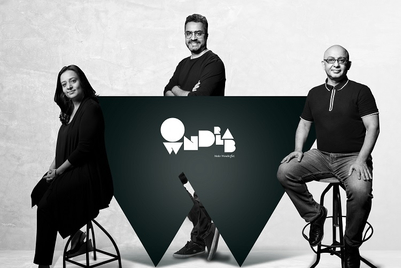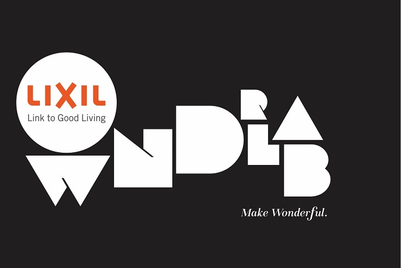Campaign India has launched its 'Crash Course' learning series, in which we aim to share valuable lessons and practical business tips on trending and essential topics from industry experts in around five minutes.
Adapted from the series running across Asia Pacific by Campaign Asia, this works as a mini mini MBA. Lessons will cover the breadth of the marcomms industry, including technology, creative, media, strategy, leadership, diversity and inclusion and more.
This series is designed to be useful to C-suite executives as well as those just starting out in their careers.
The latest episode of the Crash Course series looks at creating agency networks from India.
In this lesson you will learn:
- What is key to building a network out of India?
- What is the next big wave in the advertising/market landscape?
- What is the right kind of company that you should consider acquiring?
- What will the network of the future look like?


.jpg&h=334&w=500&q=100&v=20250320&c=1)
.jpg&h=334&w=500&q=100&v=20250320&c=1)
.jpg&h=334&w=500&q=100&v=20250320&c=1)




.jpg&h=334&w=500&q=100&v=20250320&c=1)






.jpg&h=268&w=401&q=100&v=20250320&c=1)



